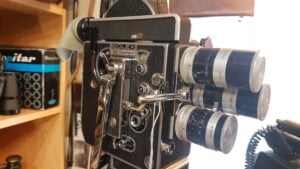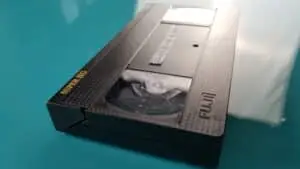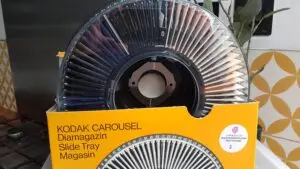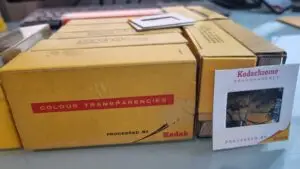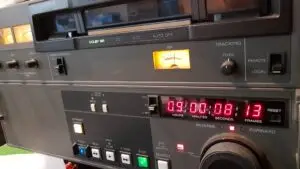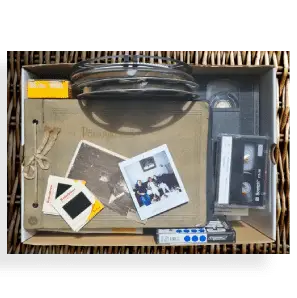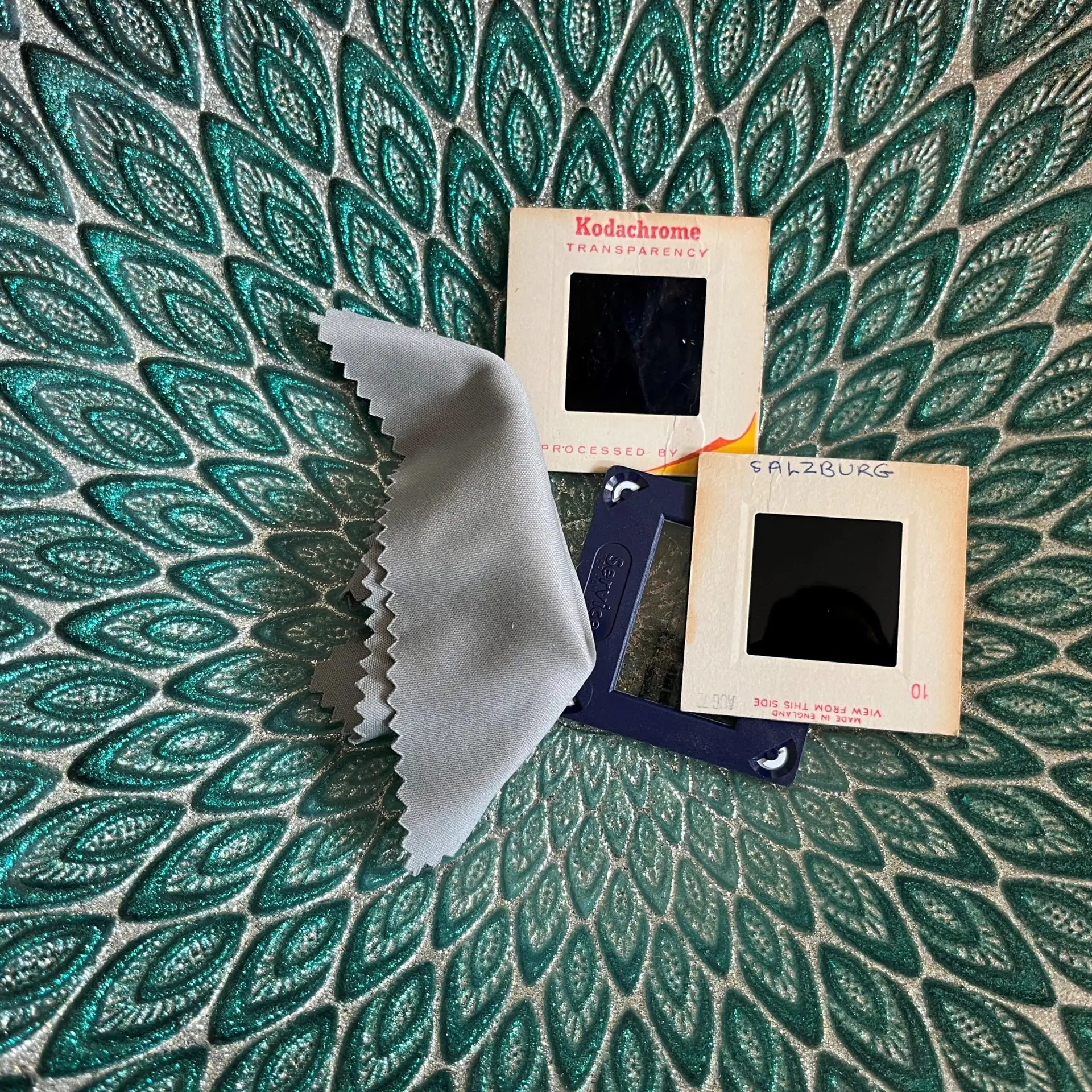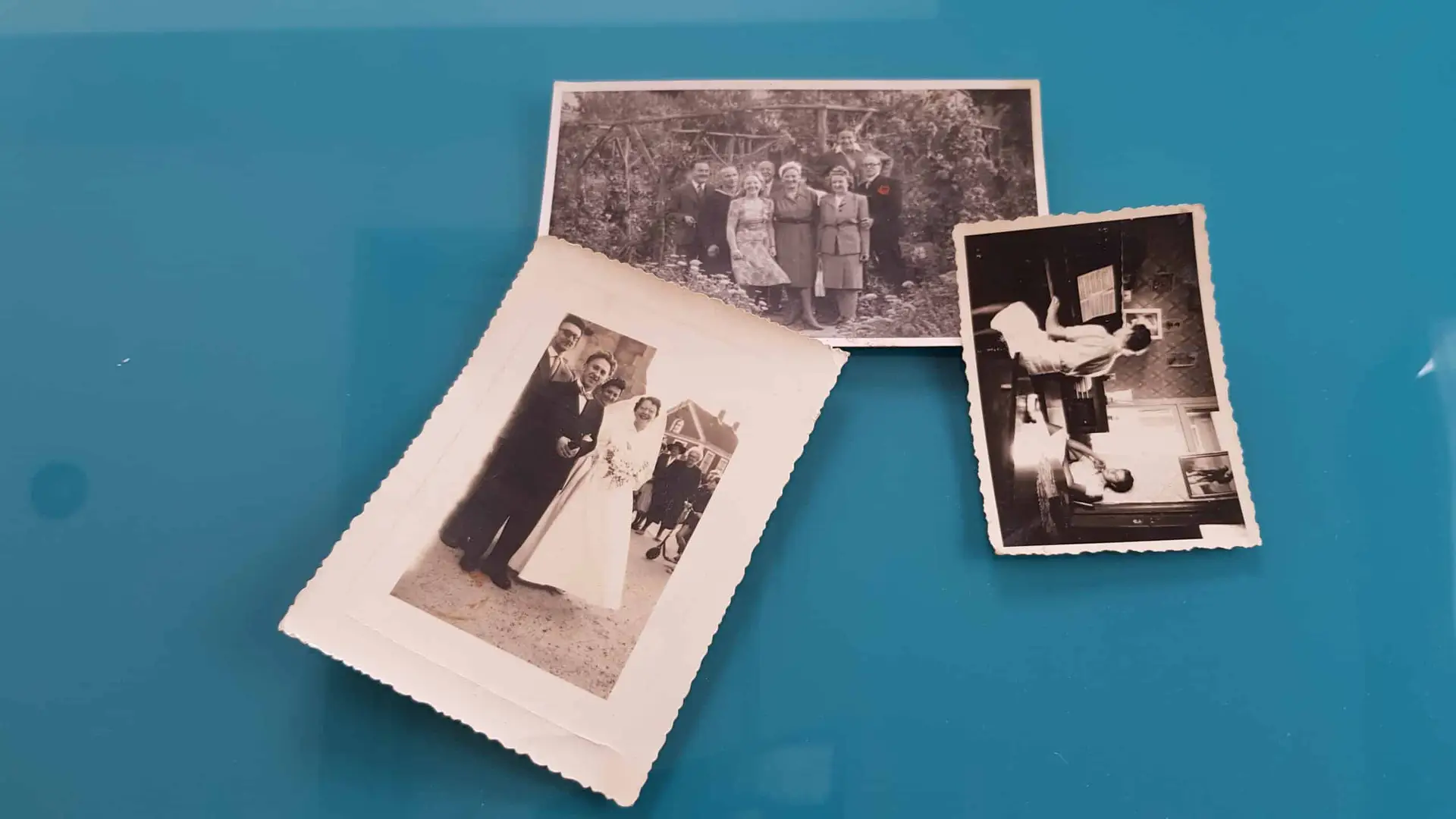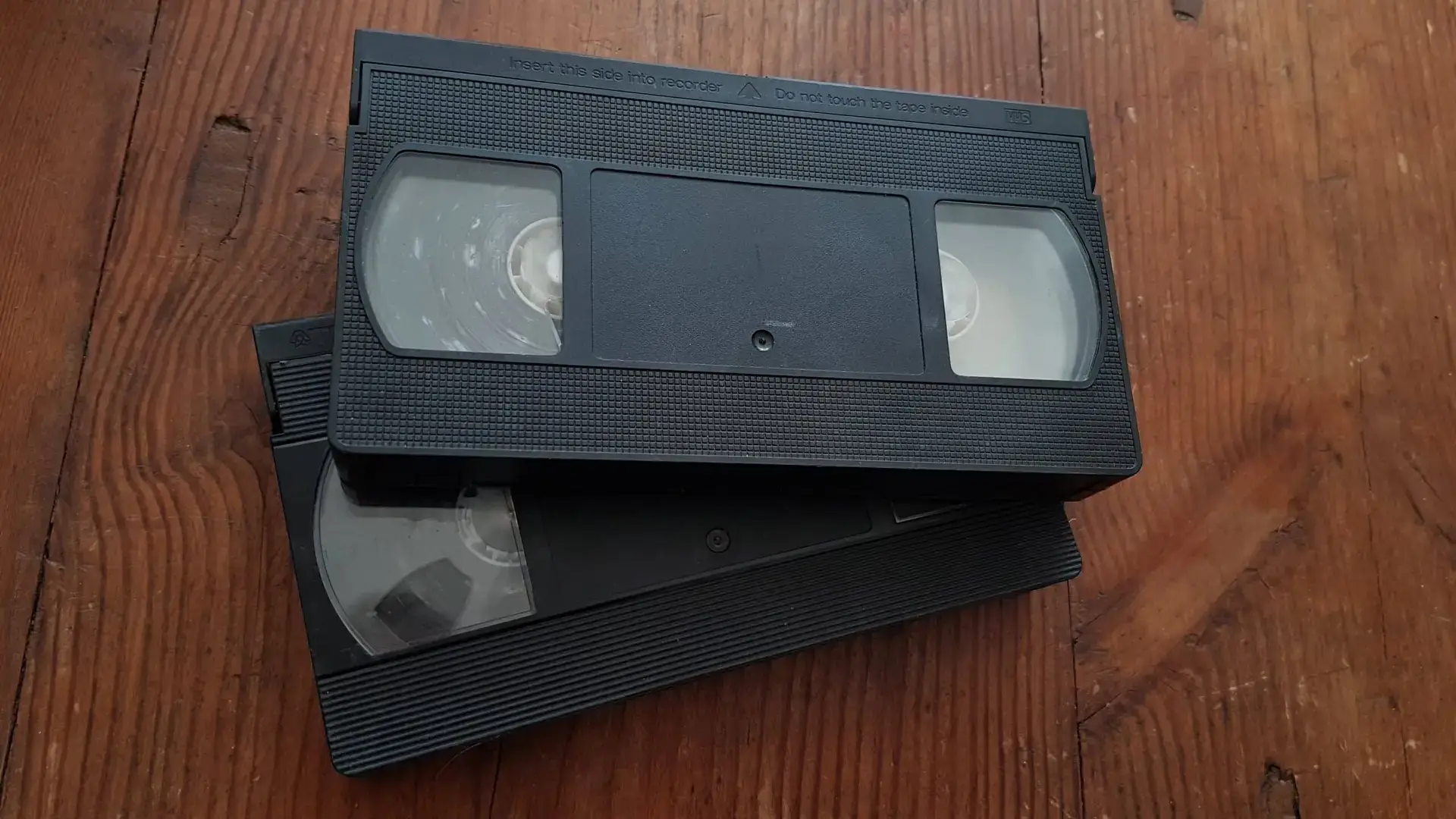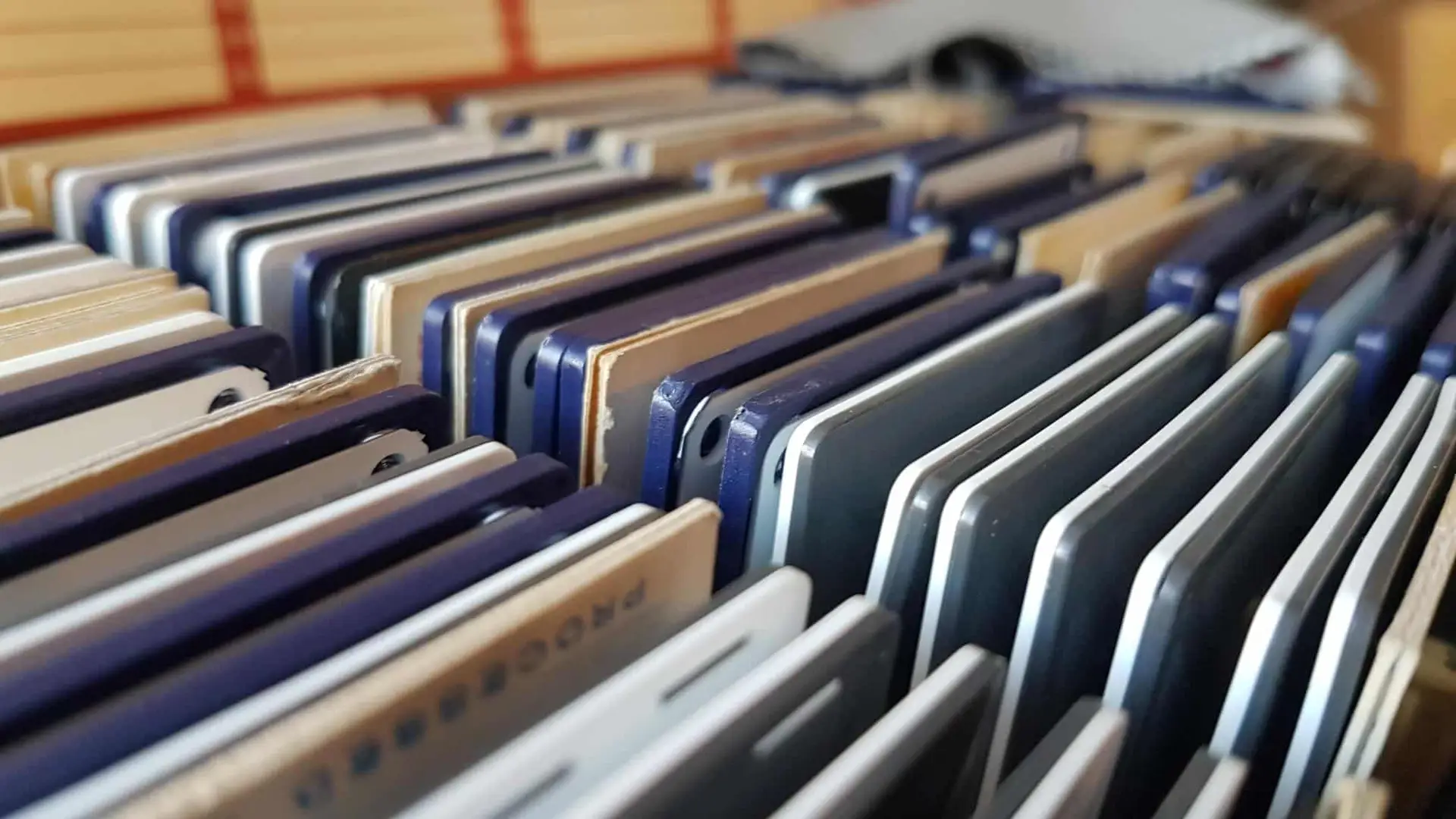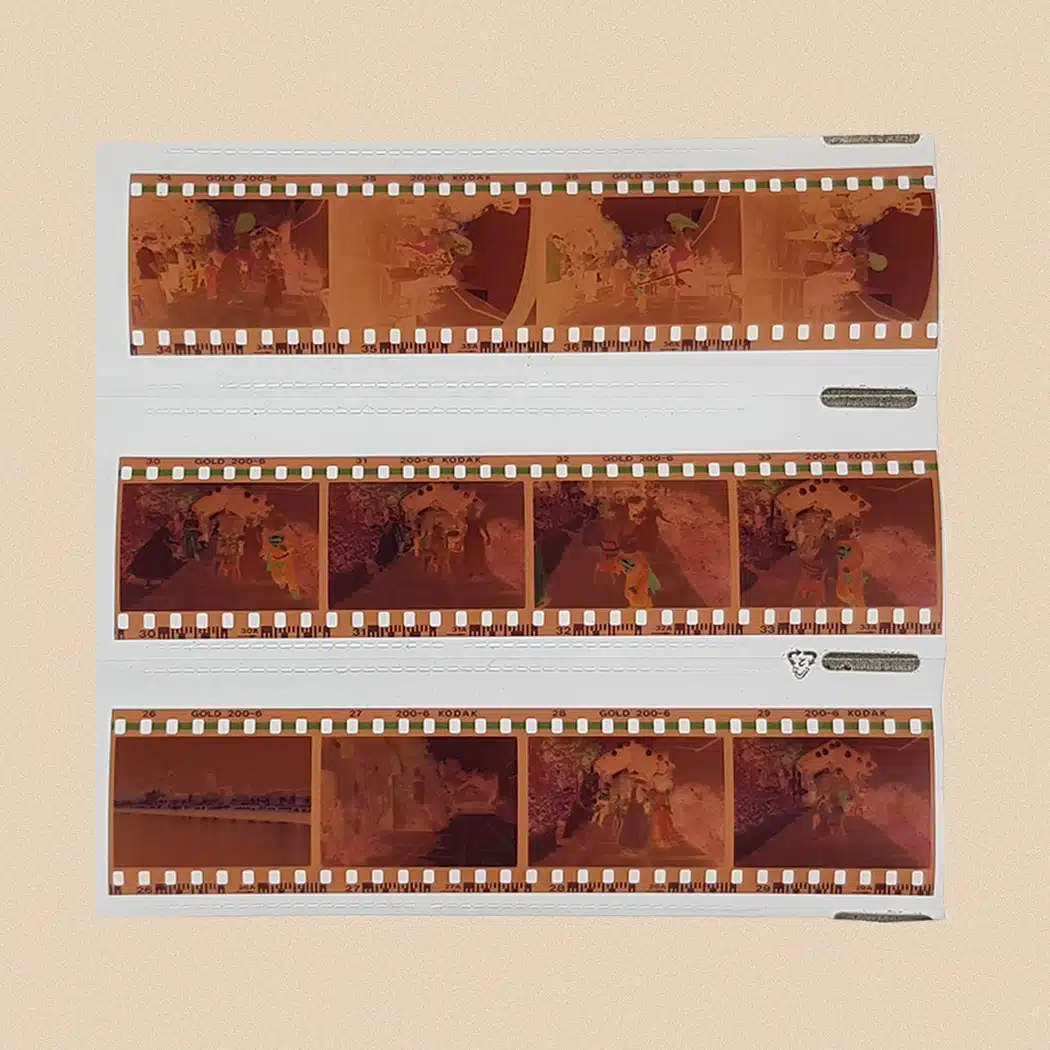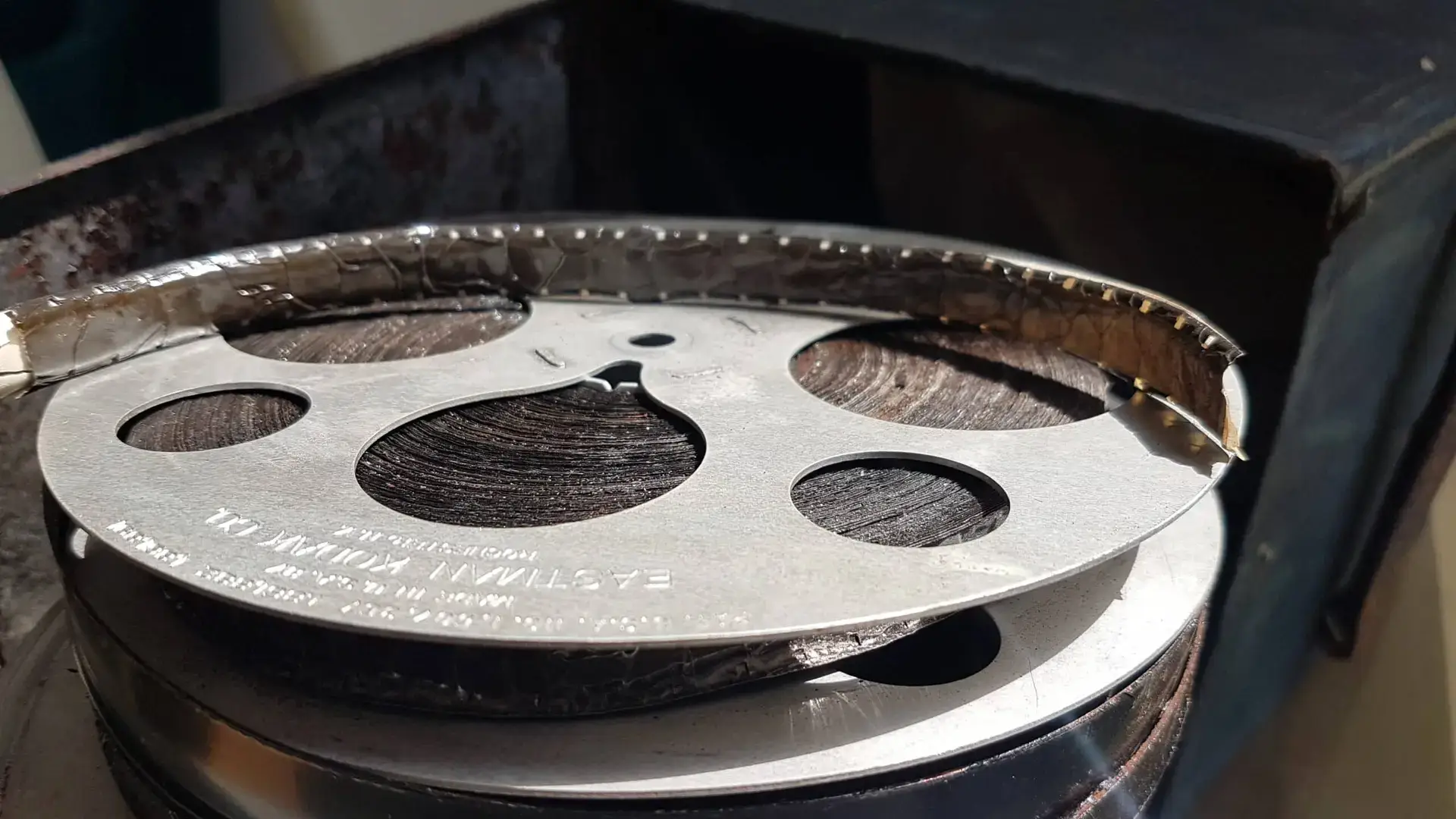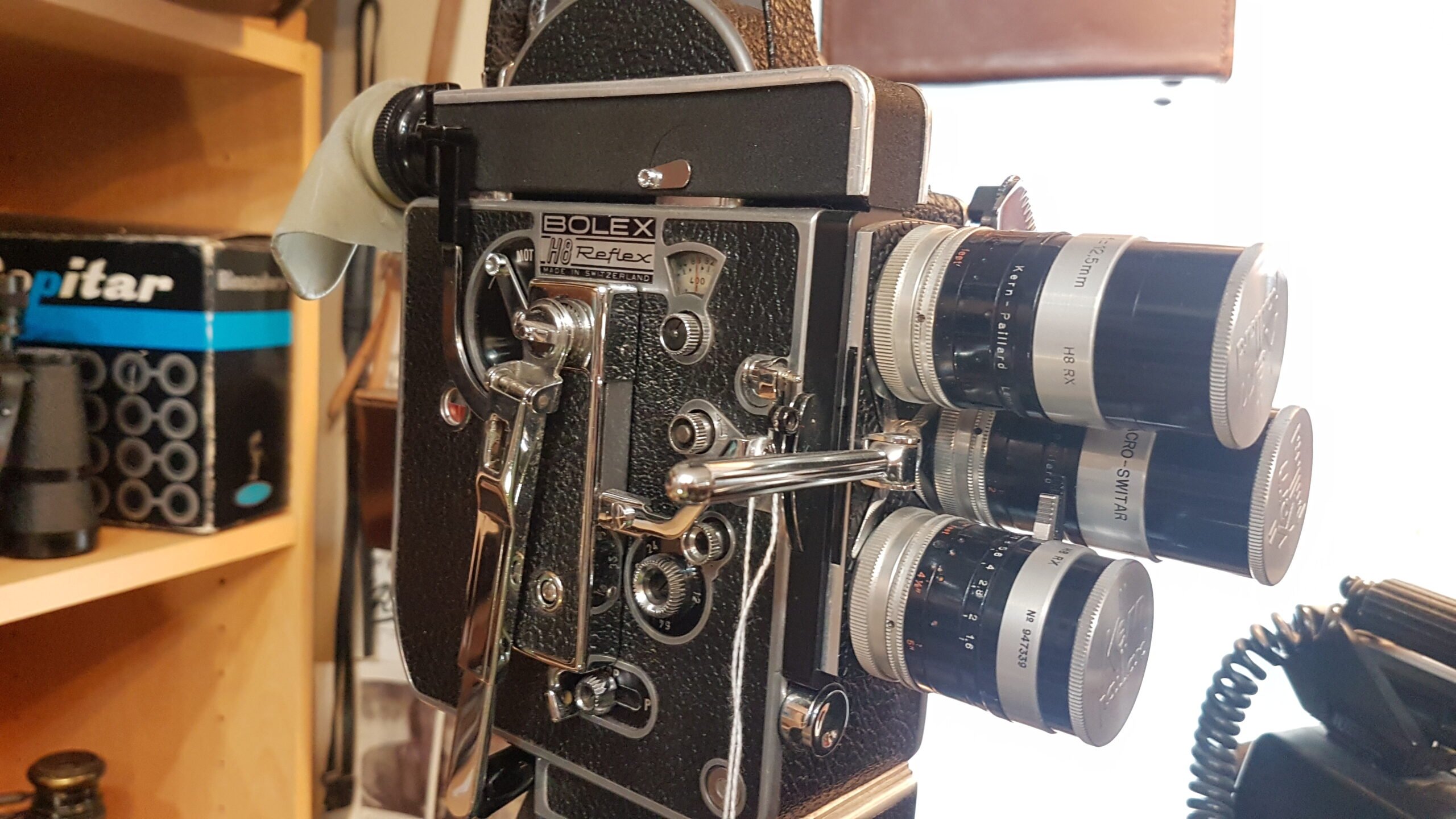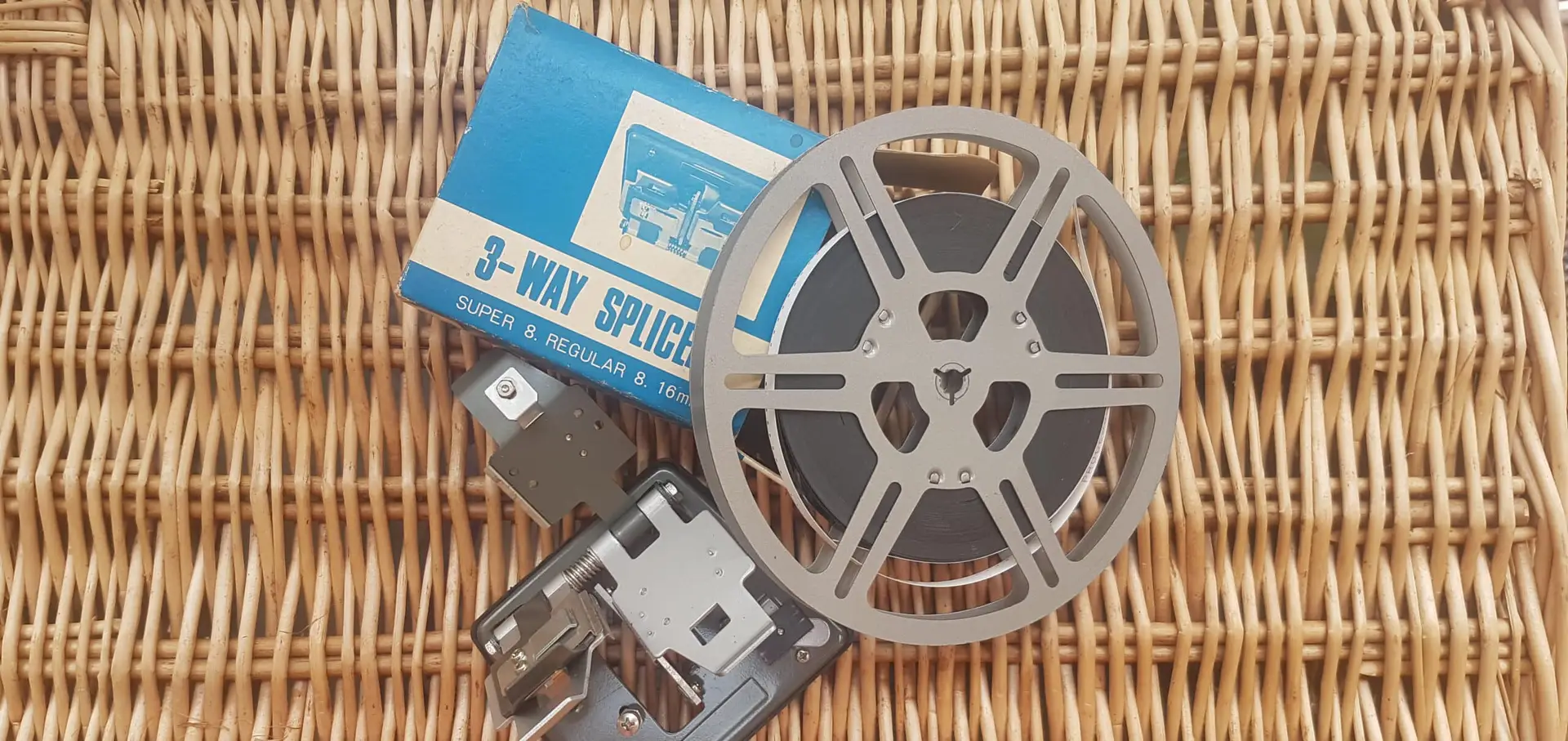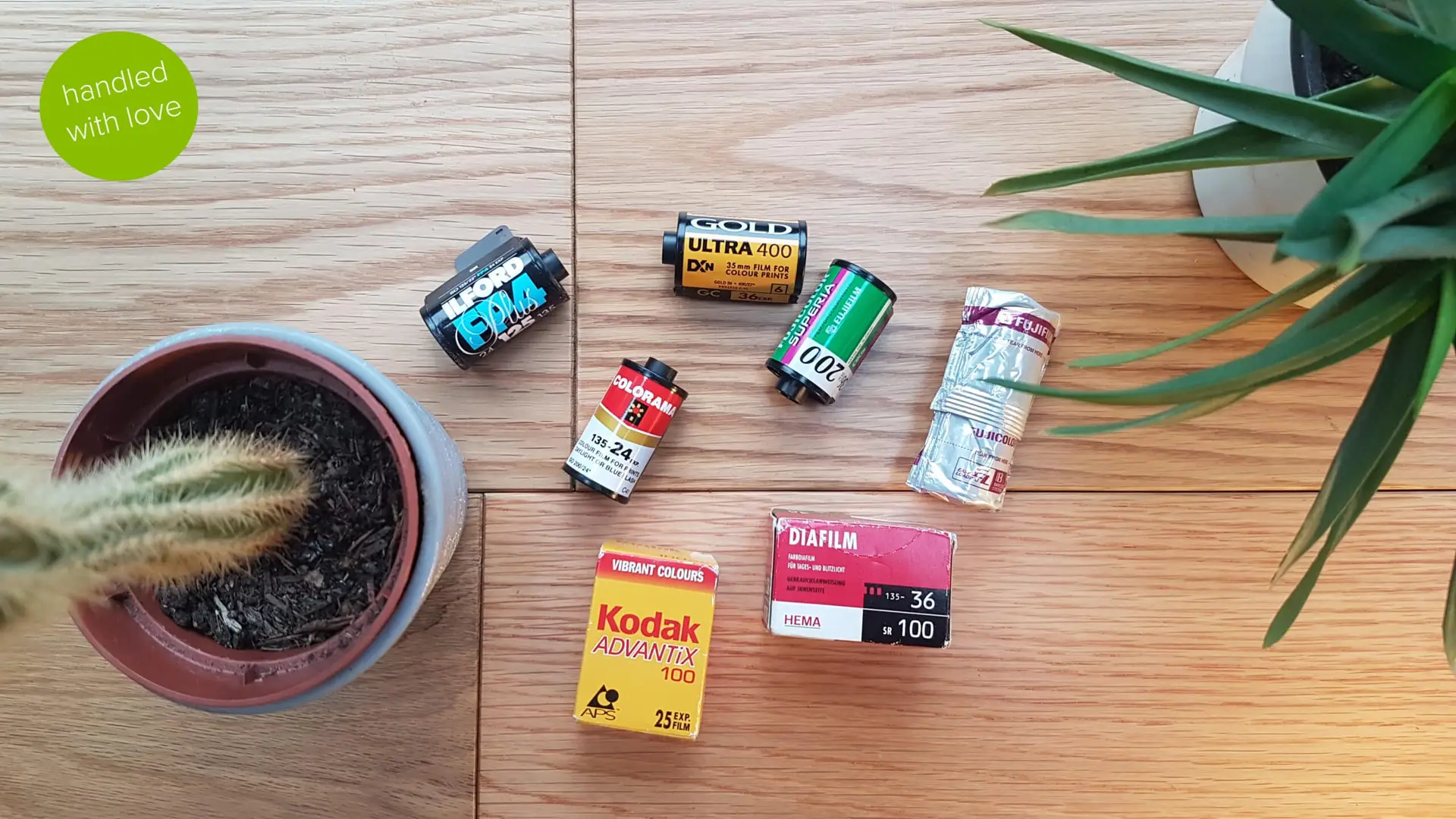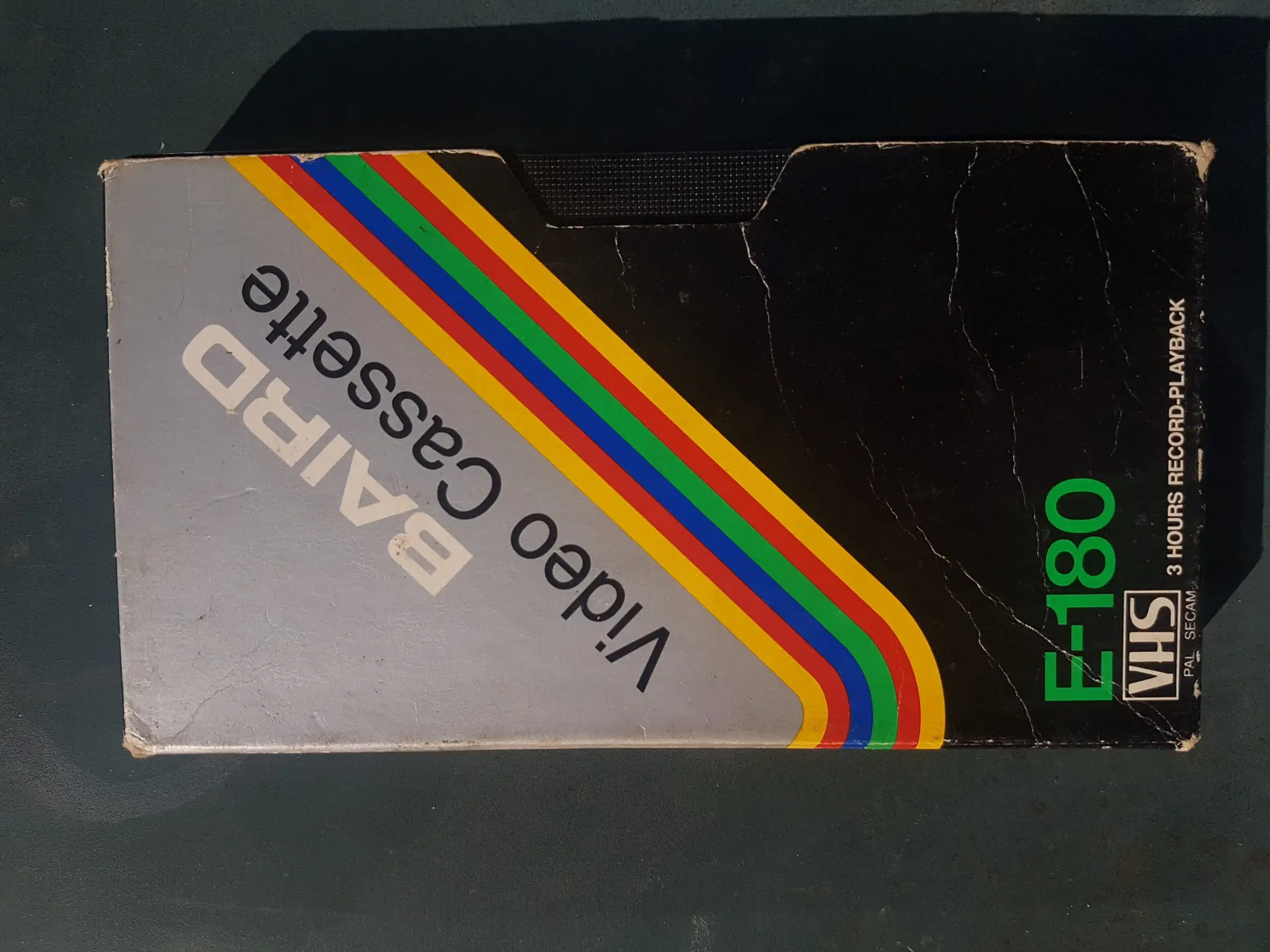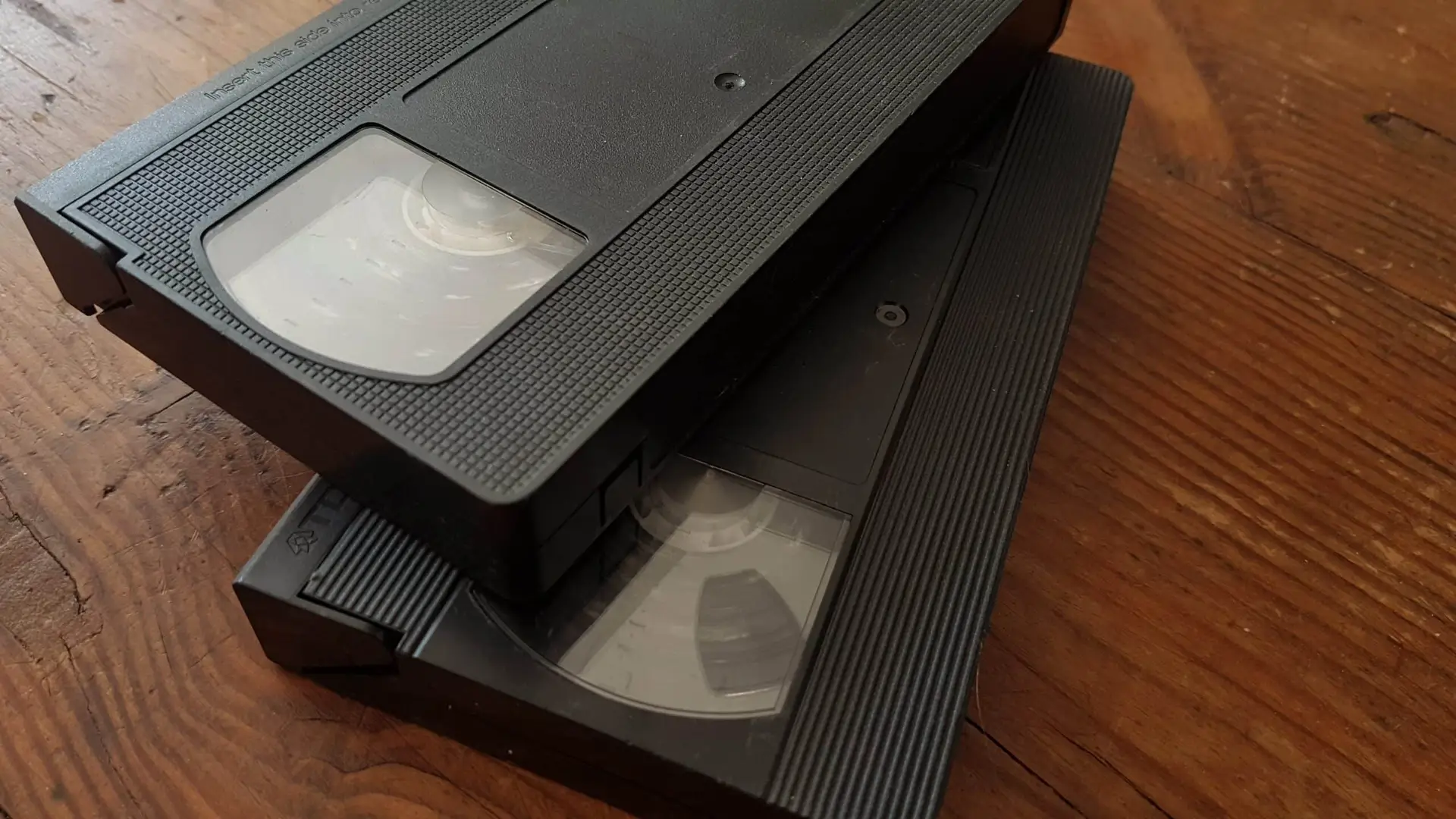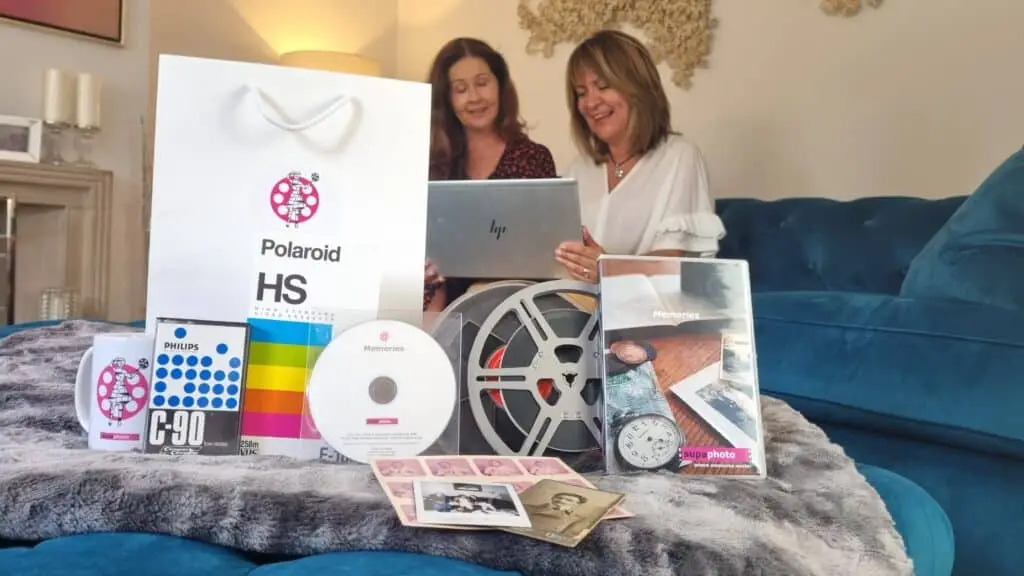VHS, which stands for Video Home System, is an analogue video format based on magnetic tape, introduced in the 1970s. It was designed to let individuals record and play video content at home and rapidly became the most widely used standard in the world for home video before digital formats took precedence.
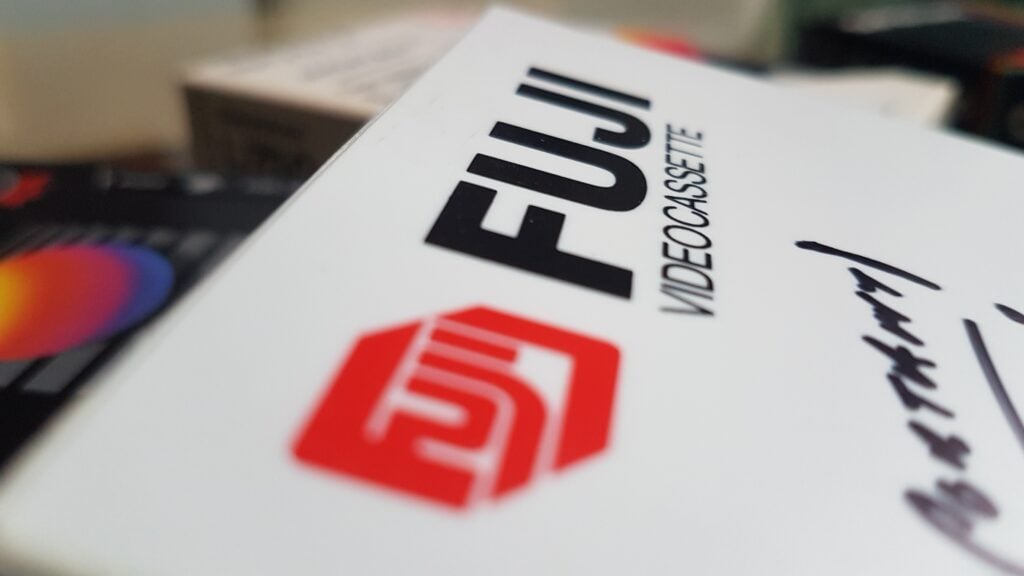
Understanding and Using VHS Tapes:
- Insert a VHS cassette into a compatible and functioning video cassette recorder (VCR) capable of playing back recordings.
- Press the Play function on the VCR to view previously recorded video content stored on the tape inside the cassette.
- Navigate using Rewind and Fast Forward controls to locate specific footage or skip through segments.
- Capture new content onto VHS by placing a blank tape into the VCR, connecting to a source like a TV or camcorder, and pressing the Record button.
- Store cassettes in a dry, cool location away from heat and moisture to extend the longevity of the magnetic tape.
- Convert tapes to digital formats such as MP4 before physical deterioration occurs to preserve the content for future use.
Defining VHS: What It Really Means
The term “VHS” is an abbreviation for Video Home System, a pioneering video format introduced by JVC (Japan Victor Company) in 1976. Its aim was to empower everyday users to easily record and replay television and movie content from the comfort of home.
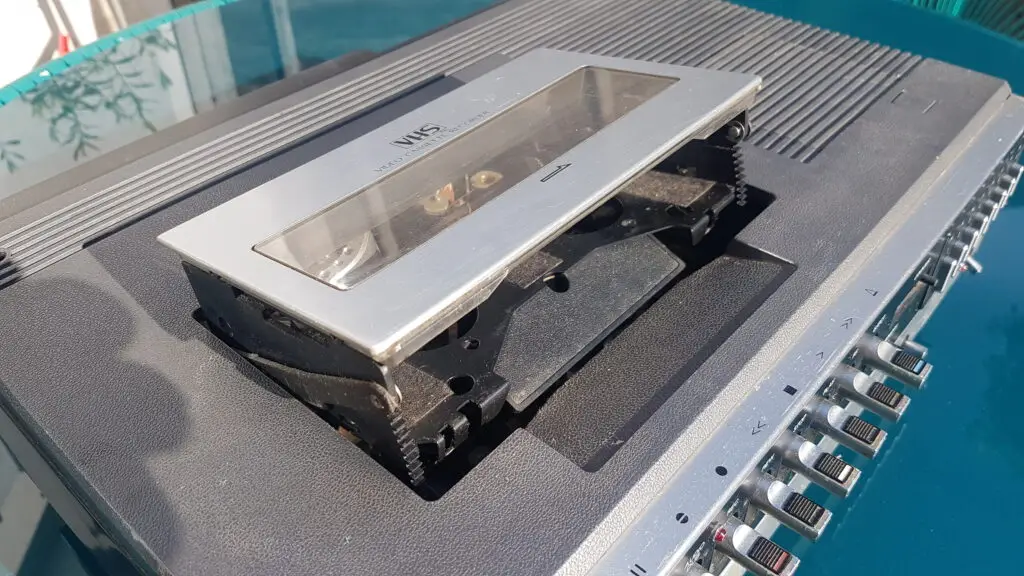
The Rise and Dominance of VHS
VHS technology emerged in the late 1970s, competing head-to-head with Sony’s Betamax format. While Betamax provided marginally better picture clarity, VHS proved more popular due to its longer recording capacity and lower production costs. These factors helped VHS dominate the market throughout the 1980s and into the 1990s.
At its peak, VHS served as a fundamental tool for personal and public media. People used it to record television programmes, save special family events, and distribute community footage. It offered convenience and value that no other medium could match at the time.
How VHS Cassettes Work?
Each VHS tape contains a length of magnetic film wound inside a plastic casing. When played, the tape moves past spinning heads inside the VCR, which read and write analogue video and audio data using magnetism. In standard play mode (SP), the tape moves at approximately 1.31 cm per second.
The combination of helical scanning and magnetic encoding allowed detailed motion video to be stored and retrieved using home equipment.
VHS Tape Durations and Formats
VHS tapes were manufactured in various lengths, offering different recording durations depending on the selected mode:
- T-120: Records 2 hours in SP, 4 hours in LP, or 6 hours in EP mode
- T-160: Can store up to 8 hours in EP
- T-180: Holds as much as 9 hours in EP, though at lower image quality
Extended recording options came at the cost of clarity and sound fidelity, especially in LP (long play) mode where the tape moved slower.
Common Uses of VHS in Daily Life
When it was at its most widespread, the Video Home System was employed in many settings:
- Renting and watching films from local video rental outlets
- Recording favourite TV shows, live events, and late-night programmes
- Documenting family milestones such as birthdays and holidays
- Sending visual greetings or updates to distant friends and relatives
Although digital options now dominate, many homes still possess VHS tapes containing cherished memories that have yet to be digitised.
The Sony Betamax Tape and Early Video Formats
Before VHS became the household standard, various other video formats attempted to make their mark on home entertainment. Long before the era of tapes, families captured motion on cine reel film—but that’s a story for another time. In the mid-1970s, Sony introduced Betamax in 1975, a format renowned for its sharper picture quality. However, one key limitation held it back: shorter recording times.
Even before Betamax, Sony had developed the U-matic system in the early 1970s. This format was groundbreaking at the time but primarily catered to professional broadcasting environments and was far too complex and expensive for typical households.
Other early entries into the market included the Telcan, a British innovation by the Nottingham Electric Valve Company introduced in 1963. It was among the first attempts at bringing video recording to the domestic sphere but suffered from impractical costs and limited accessibility. In the United States, Frank Stanton developed Cartrivision, another home video system that faced similar challenges. The televisions needed to play these tapes were equivalent to £7,000 today—a prohibitive price for most consumers—and were plagued by technical difficulties.
The Philips N1500, launched in the mid-1960s, was the first true domestic VCR. While pioneering, it still fell short in terms of user-friendliness and tape length.
All of these systems laid the groundwork for what would eventually be VHS’s triumph. They exposed the critical need for a home video format that offered longer recording times, easier operation, and affordability. VHS met all those demands—making it not just successful, but dominant.
Are VHS Tapes Still Made?
VHS tapes are no longer being manufactured on a commercial scale. The final major producer, a Japanese company based in Osaka named Funai Electric, ceased production in 2016, marking the end of an era for physical video tape media. The widespread transition to digital storage and playback—such as DVDs, Blu-rays, and streaming—ultimately led to the steep decline in VHS demand.
That said, a niche market for VHS tapes continues to thrive. Collectors, vintage technology enthusiasts, and retro artists actively buy and sell used tapes on online marketplaces and through charity shops and second-hand retailers. Blank VHS tapes occasionally turn up as unsold inventory from past production runs. Interestingly, some independent filmmakers and visual artists still use VHS for its nostalgic aesthetic, similar to how some bands release music on cassette tapes to evoke a retro vibe.
Will VHS Make a Comeback?
It is highly unlikely that VHS will experience a mainstream revival on the scale of vinyl records, which have surged in popularity over the last two decades. Unlike vinyl—which still offers competitive audio quality on modern turntables—VHS is technologically obsolete and lacks the visual clarity that modern audiences expect.
Despite this, VHS retains nostalgic appeal. Some enthusiasts relish the tactile process of loading tapes and the distinctive lo-fi look that VHS delivers. However, concerns about environmental waste, the lack of supporting infrastructure, and declining availability of functional hardware mean that any widespread resurgence remains improbable. The VHS format will likely continue to exist only in very small enthusiast and artistic circles.
What Resolution Is VHS?
VHS tapes offer significantly lower picture resolution compared to today’s digital standards. In NTSC regions (like North America), VHS provides roughly 240 horizontal lines of resolution. In PAL territories (such as the UK and Europe), that figure increases modestly to around 290 lines. SVHS was superior too.
By comparison, modern HD video features 1080 lines, and 4K video offers a staggering 2160 lines—making VHS appear quite soft and grainy to modern eyes. The actual visual output also depends on variables such as:
- The condition and quality of the VHS tape
- The playback speed (SP, LP, or EP)
- The calibration of the VCR used for playback
Still, during its peak, VHS resolution was deemed more than adequate for the relatively small CRT televisions common in households. The format delivered a practical balance of picture quality, affordability, and convenience for its time.
Legacy Video Tape Format Comparison – NTSC & PAL
| Format | Year | Resolution (NTSC) | Resolution (PAL) | Scan Type | Tape Width | Max Recording Time | Common Usage |
|---|---|---|---|---|---|---|---|
| VHS | 1976 | 333×480 | 335×576 | Interlaced | 1/2 inch | ~2–6 hours | Home video, consumer camcorders |
| S-VHS | 1987 | 400×480 | 400×576 | Interlaced | 1/2 inch | ~2–4 hours | Higher-quality consumer video |
| Betamax | 1975 | 320×486 | 330×576 | Interlaced | 1/2 inch | ~1–5 hours | Sony consumer video format |
| Video8 | 1985 | 240×480 | 240×576 | Interlaced | 8 mm | ~2 hours | Compact camcorders |
| Hi8 | 1989 | 400×480 | 400×576 | Interlaced | 8 mm | ~2 hours | Higher-quality camcorders |
| Digital8 | 1999 | 720×480 | 720×576 | Interlaced | 8 mm | ~1 hour | Digital camcorders |
| MiniDV | 1995 | 720×480 | 720×576 | Interlaced | 1/4 inch | ~60–90 minutes | Consumer & prosumer digital video |
| DVCAM | 1996 | 720×480 | 720×576 | Interlaced | 1/4 inch | ~40–60 minutes | Professional digital video |
| DVCPRO | 1995 | 720×480 | 720×576 | Interlaced | 1/4 inch | ~66 minutes | Broadcast and ENG |
| U-matic | 1971 | ~250–300×480 | ~250–300×576 | Interlaced | 3/4 inch | ~60 minutes | Broadcast & industrial video |
| Betacam SP | 1986 | 720×486 | 720×576 | Interlaced | 1/2 inch | ~90 minutes | Professional broadcast |
| Digital Betacam | 1993 | 720×486 | 720×576 | Interlaced | 1/2 inch | ~124 minutes | High-end broadcast digital video |
Where to Buy a VHS Player
If you’re searching for a VHS player in today’s digital age, you’re not alone. Although they’re no longer manufactured, there are still several avenues for acquiring one. A popular starting point is eBay, where individuals regularly list both used and refurbished VCR models. Many of these listings include detailed descriptions and buyer protections, making it a reliable option.
Another fruitful source can be charity shops and pawn shops, which often have old electronics at budget-friendly prices. Be sure to test any unit or verify return policies when purchasing locally.
You might also explore vintage electronics retailers or second-hand stores specialising in retro technology. These places occasionally stock well-maintained VHS players.
Additionally, websites like Gumtree and Facebook Marketplace allow you to search locally for VHS players. These platforms can provide the added benefit of seeing the equipment in person before purchase.
Don’t overlook car boot sales and flea markets—they’re known for offering all kinds of vintage tech treasures. Finally, joining vintage audio-visual forums or collector groups on social media can lead to valuable tips, leads, or even direct sales from fellow enthusiasts.
| Place to Buy | Description | Guidance Notes |
|---|---|---|
| eBay UK | Online marketplace for used and refurbished VHS players. | Check seller ratings, return policies, and condition details before buying. |
| Facebook Marketplace | Local listings for direct sales of VHS players. | Ideal for inspecting the item in person before purchase. |
| Gumtree | UK classifieds site with electronics listings. | Use location filters and clarify functionality with the seller. |
| CEX (webuy.com) | High street retailer dealing in second-hand electronics. | Stock varies; inquire in-store or online. Some items come with limited warranties. |
| Charity Shops (e.g., British Heart Foundation) | Occasional stock of donated VHS players. | Visit larger branches and test items if possible. |
| Car Boot Sales | Local weekend events featuring a mix of second-hand goods. | Arrive early, bring cash, and be ready to negotiate. |
| Flea Markets | Markets like Portobello Road may feature vintage tech. | Ask stallholders if you can test the item. |
| Vintage Electronics Stores | Specialist shops selling restored or tested retro equipment. | Prices are higher but often include basic testing or warranties. |
| Online AV Forums (e.g., AVForums) | Communities for buying and trading vintage equipment. | Join to get advice, leads, or make direct purchases from trusted members. |
The Importance of Preserving VHS Tapes Promptly
As an analogue video storage medium, VHS tapes are subject to wear and decay. Magnetic signals can fade, the plastic reels can warp or break, and environmental conditions like humidity can promote mould. These issues degrade the footage and risk permanent data loss.
Converting VHS to digital through professionals ensures that your content is preserved with attention to detail. Their services often include enhancements such as image sharpening, colour correction, and audio improvements. Furthermore they may also include specialist recovery services for mould affected tapes
Expert Insight
“Magnetic tapes can degrade significantly over time, often by 20% within 10 to 15 years if not properly stored.” —British Library Preservation Team
Converting VHS to Digital: Tools and Services
VHS tapes can be digitised using various methods:
- USB video capture adapters connect a VCR to a computer, allowing analogue signals to be converted into digital files
- Standalone converters transfer footage directly to USB drives, SD cards, or built-in memory
- Specialist companies offer high-grade conversion using professional equipment
While DIY setups are available, they often deliver inconsistent quality compared to professional services.
DIY Conversions Versus Professional Transfers
Attempting to convert VHS tapes yourself may save money upfront, but it often comes with hurdles:
- Finding a working VCR is increasingly difficult in 2025
- Setting up the correct cables, drivers, and software can be time-intensive
- Older tapes may snap, warp, or lose signal quality
- Time spent monitoring transfers and troubleshooting can be substantial
Entrusting your tapes to an expert provider like Supaphoto Ltd ensures quality results with minimal hassle.
Creative Uses for Digitised VHS Recordings
Once your VHS tapes are converted to digital files, many options open up for sharing and preserving them:
| Project Idea | Description |
|---|---|
| Family Archive Vault | Organise files by event, date, or theme for easy browsing |
| Milestone Films | Create highlight reels for anniversaries or memorials |
| Private Cloud Storage | Upload digital versions to online platforms for safe keeping |
| Printed Memorabilia | Extract stills to produce custom photo albums or calendars |
| Community History Sharing | Donate historical content to schools, libraries, or heritage groups |
UK Trends and an Example from Supaphoto Ltd
In 2024, the British Film Institute found that over 60% of UK households still possess VHS tapes, often in lofts or cupboards. In one compelling example, Supaphoto Ltd digitised over 120 hours of wildlife footage captured by a late grandfather. The videos were restored, saved to cloud storage, and used for educational purposes by regional schools and museums.
Why DIY Isn’t Always the Best Route
Home-based VHS digitalisation often seems simple but can lead to problems:
- VCR mechanisms may destroy fragile tapes
- Misaligned hardware leads to syncing issues or static
- Recordings may be lost if saved incorrectly
- Repetition and trial-and-error waste hours of time
Services like Supaphoto Ltd avoid these pitfalls using careful workflows, advanced tools, and years of practical expertise.
Expert Insight
“Amateur conversions sometimes destroy tapes beyond repair; preservation should be left to professionals.” —National Archives (UK)
What to Consider When Hiring a VHS Conversion Specialist
When selecting a VHS digitalisation service, look for:
- Numerous, positive Google reviews (For example, Supaphoto Ltd has a rating above 4.9 stars)
- Proof of successful past projects and customer feedback
- Secure tape handling, return tracking, and clear privacy policies
- Ability to work with various formats including foreign VHS and Mini DV
A strong review history typically reflects consistent and trusted service quality.
Finding a Trusted VHS Preservation Expert
Choosing the right partner for Video Home System conversion matters—and Supaphoto Ltd stands out for its professionalism and care. With more than 25 years of expertise, they’ve helped thousands preserve important moments stored on ageing tapes.
Supaphoto Ltd offers:
- Accurate transfers from studio-quality VCRs
- Inspection, cleaning, and enhancement of every cassette
- Delivery options ranging from USB and DVD to secure cloud
- Trusted support backed by hundreds of five-star reviews
Your memories deserve protection. There’s so much to know and learn before converting your legacy into a format built to last.



